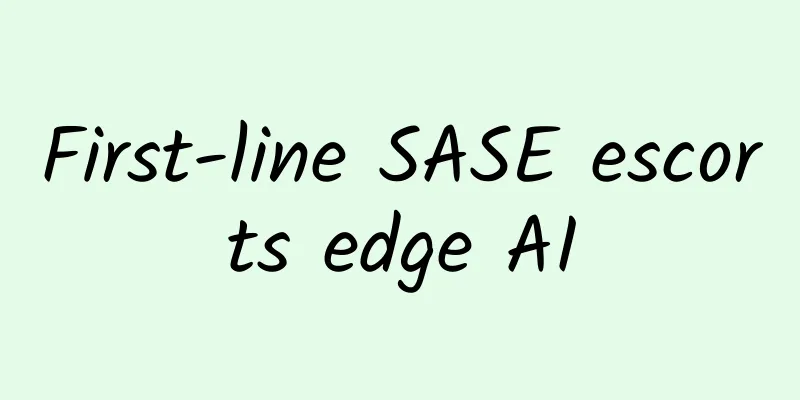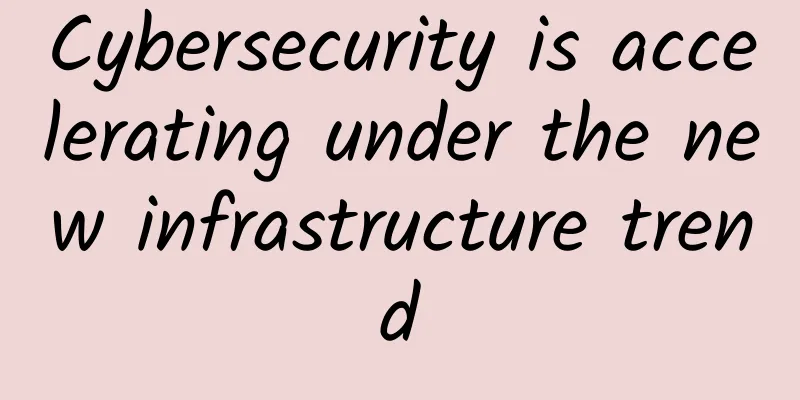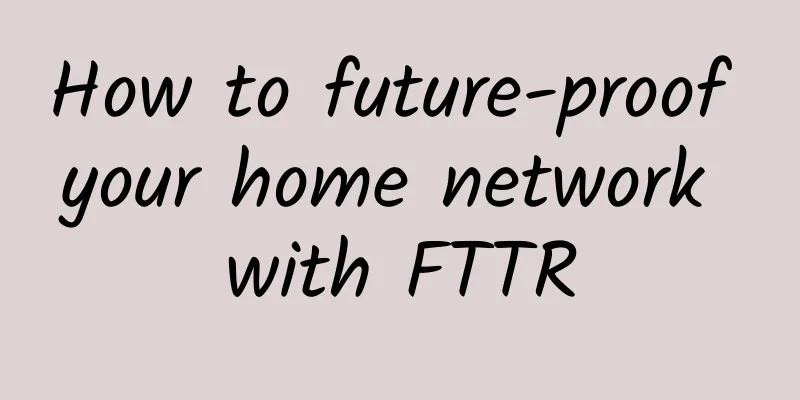Learn more about load balancers

|
Every load balancer is a reverse proxy, but not every reverse proxy has to be a load balancer. Question: What does the OSI model look like?Question: What are the requirements for a load balancer?Answer → To create a fault tolerant system so that when a client makes a request to the load balancer, it can communicate with one or more backends. Question: Explain how a layer 4 load balancer works?Answer → A layer 4 load balancer works as follows: (1) Handshake → The Layer 4 load balancer first establishes a TCP connection with the backend server. (2) Warm-up → The load balancer can establish multiple TCP-based connections with the backend and then keep those connections active. This is to ensure that whenever a client connects to the load balancer, it does not have to go through the connection warm-up process every time. (3) Client Connection → When a client connects to a Layer 4 load balancer, the connection will have a state at the load balancer level and will be mapped to any one of the connections to the backend servers. Hence, Layer 4 load balancers are stateful.
Question: Does a layer 4 load balancer also act as a NAT layer?Answer → Yes, a layer 4 load balancer acts as a NAT layer/gateway/router for the clients.
Question: Can you give an example of HTTP-based calls (Restful API calls) from the client to the backend?Answer → Imagine a client sends an Http call to a load balancer. Also imagine that this particular request is split into 2 segments. Step #1) The request arrives at the load balancer, which then chooses to send all the segments of this request to a certain backend server. Step #2) Now, suppose the client sends another segment (segment #3) and then writes it back to the same connection.
Step #3) Now, suppose the same client initiates another request on the same connection, then that request will also be read first and then written back to the backend server. Step #4) Now, suppose a different client makes another request, then depending on the load balancing algorithm, the request may be forwarded to another backend server. Question: What companies provide L4 load balancers?Answer → Companies like Radware and F5-BigIp provide L4 load balancers. Question: What are the pros and cons of L4 load balancers?(1) The following are the advantages of L4 LB:
(2) The following are the disadvantages of L4 LB:
Question: Explain how a layer 7 load balancer works?Answer → A layer 7 load balancer works as follows: (1) Handshake → The Layer 7 load balancer also establishes a TCP connection with the backend server. (2) Warm-up → The load balancer can establish multiple TCP-based connections with the backend and then keep those connections active. This is to ensure that whenever a client connects to the load balancer, it does not have to go through the connection warm-up process every time. (3) Client Connection → When a client connects to a Layer 7 load balancer, the connection becomes protocol specific.
NOTE: If you want your L7 LB to face external clients, then:
Question: How does an L7 load balancer handle HTTP based requests?Step #1) First, it receives the request and sends it to the backend server 1. Step #2) Next, suppose the same client sends another request, then L7 LB can actually forward it to other backend servers as well since L7 LB is stateless. Question: What are the pros and cons of L7 load balancers?(1) The following are the advantages of L4 LB:
(2) The following are the disadvantages of L4 LB:
|
<<: In 2024, the core network will usher in new opportunities!
Recommend
RAKsmart's year-end discount upgrade, G-port unlimited servers reduced to $99 per month, San Jose servers sold at $30 per month
A few days ago, RAKsmart released a notice of yea...
Actual combat: Can you believe it? Two VRRP hot standby gateways were installed in the operator's central computer room at the same time, but they fought with each other and caused the entire network to explode!
The case shared in this issue is related to VRRP ...
The three major operators delisted from the US and returned to the A-share market
Recently, China Mobile issued an announcement sta...
How many Layer 2 networking technologies do you know?
1. Analysis of traditional STP technology applica...
Seven QoS best practices for monitoring cloud traffic
The recent maturation of technologies such as hig...
Why is the 5G signal weaker than 4G?
The advent of 5G technology promises lightning-fa...
How to break through the bottleneck of opening up my country's telecommunications sector?
Author: Cao Lei, Information and Communication Bu...
Four questions to help you understand what DCIM is?
[[126709]] Question 1. What is DCIM? DCIM stands ...
127.0.0.1 and localhost, how to choose?
In actual development, we often use 127.0.0.1 and...
The three major operators are making efforts, 5G messaging has begun to be commercialized, and WeChat and QQ are facing great challenges
WeChat and QQ have become the strongest kings in ...
Outlook for domestic 5G development in 2021 (Part 3): Opportunities
From the official launch of commercial use in 201...
Industry applications are so attractive, so why can’t we get a taste of 5G networks?
Taking stock of the sources of growth in operator...
Ruijie attends the Smart Airport Construction and Development Summit! Giving airports smart wings
From April 17 to 19, the 4th "National Civil...
How 5G standardization will impact future innovation and growth
In 2019, mobile technologies and services contrib...
If you understand long-distance relationships, you will understand how to configure switches.
We have explained the configuration of switches m...









